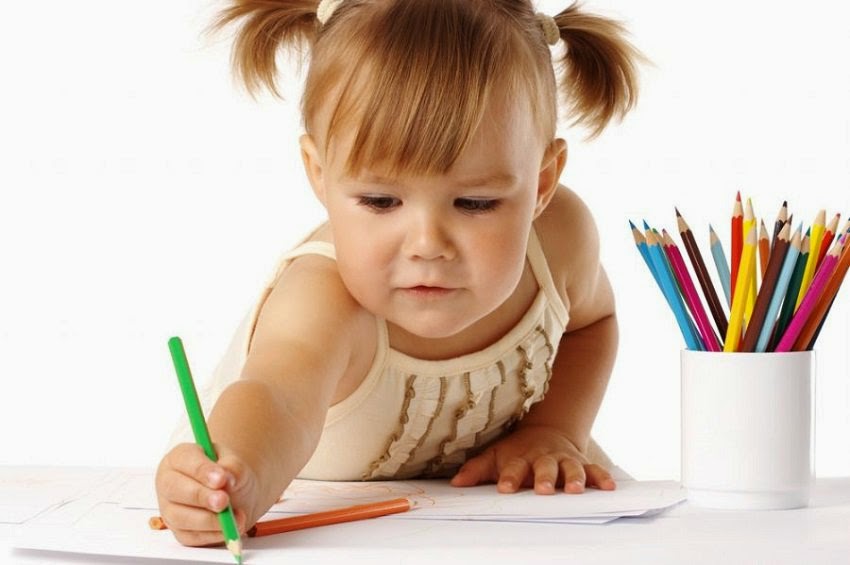
Methodology for conducting and decoding the cactus test.
The content of the article
- Drawing test diagnostics cactus for children M.A. Panfilova: The essence of what diagnoses?
- Psychological Test Cactus for preschoolers and primary schoolchildren: how is it?
- Additional questions about the Cactus for the drawing method?
- Decoding, interpretation of the results of psychological test cactus
- Video: Test Cactus for preschoolers
Very often in children there are difficulties when communicating with peers. The kid may not have time in kindergarten and be not ready to study at school. You can determine the mood of the child and his psychological state with the help of a simple dough.
Drawing test diagnostics cactus for children M.A. Panfilova: The essence of what diagnoses?
A very simple test. The child is simply offered to draw a cactus. The kid draws how he sees this plant. An adult does not give any clarifications. It is carried out among children age 3-6 years old. In this case, the baby does not have to draw well. Artistic abilities do not matter.
What is diagnosed by the test:
- The attitude of the baby to others
- Your place in society
- Worldview
- Psychophysiological development
- Mental development
The test allows you to find out the emotional state of the crumbs and its attitude to parents, educators and children in the garden. In addition, the test helps to figure out what causes the child negativity.
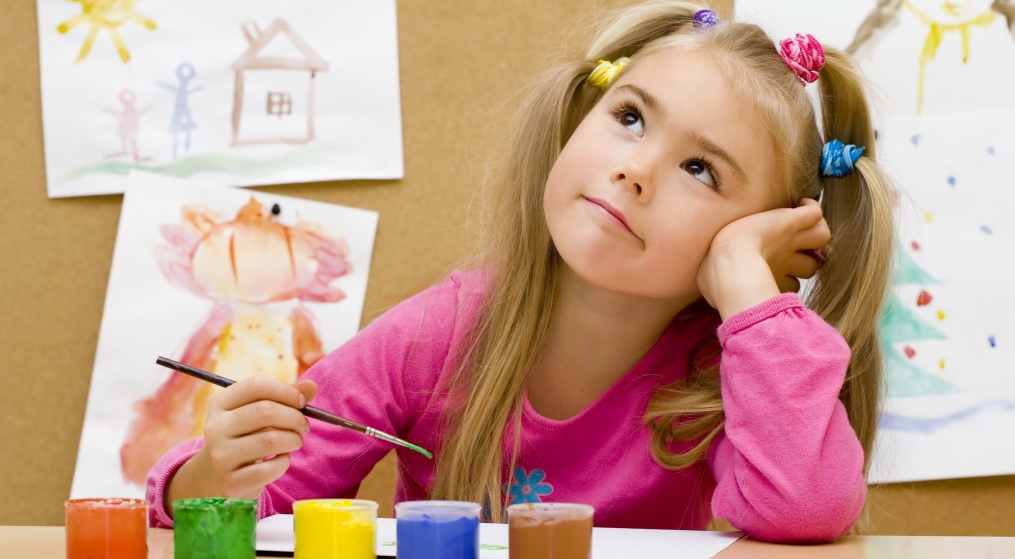
Drawing test- diagnosis cactus for children M.A. Panfilova: The essence of what diagnoses?
Psychological Test Cactus for preschoolers and primary schoolchildren: how is it?
The test methodology is completely simple. The drawing can be colored or black and white. If a child has never seen a cactus before, an adult simply in a narrative form tells about this unusual flower.
Test instructions:
- The child is given a sheet of A4 paper and pencils. It can be simple or colored pencils.
- Next, the baby is asked to imagine a cactus - a strange flower with thorns. After that, they offer the baby to draw a plant.
- The task is given no more than 30 minutes. The child cannot be asked questions so that the adult can not affect the character of the image.
- The kid can draw a cactus in a pot, in a vase or in the desert. But an adult should not push the child to portray a home or wild plant.
- Children should not draw nearby and spy. This can affect the image and interpretation of the results.
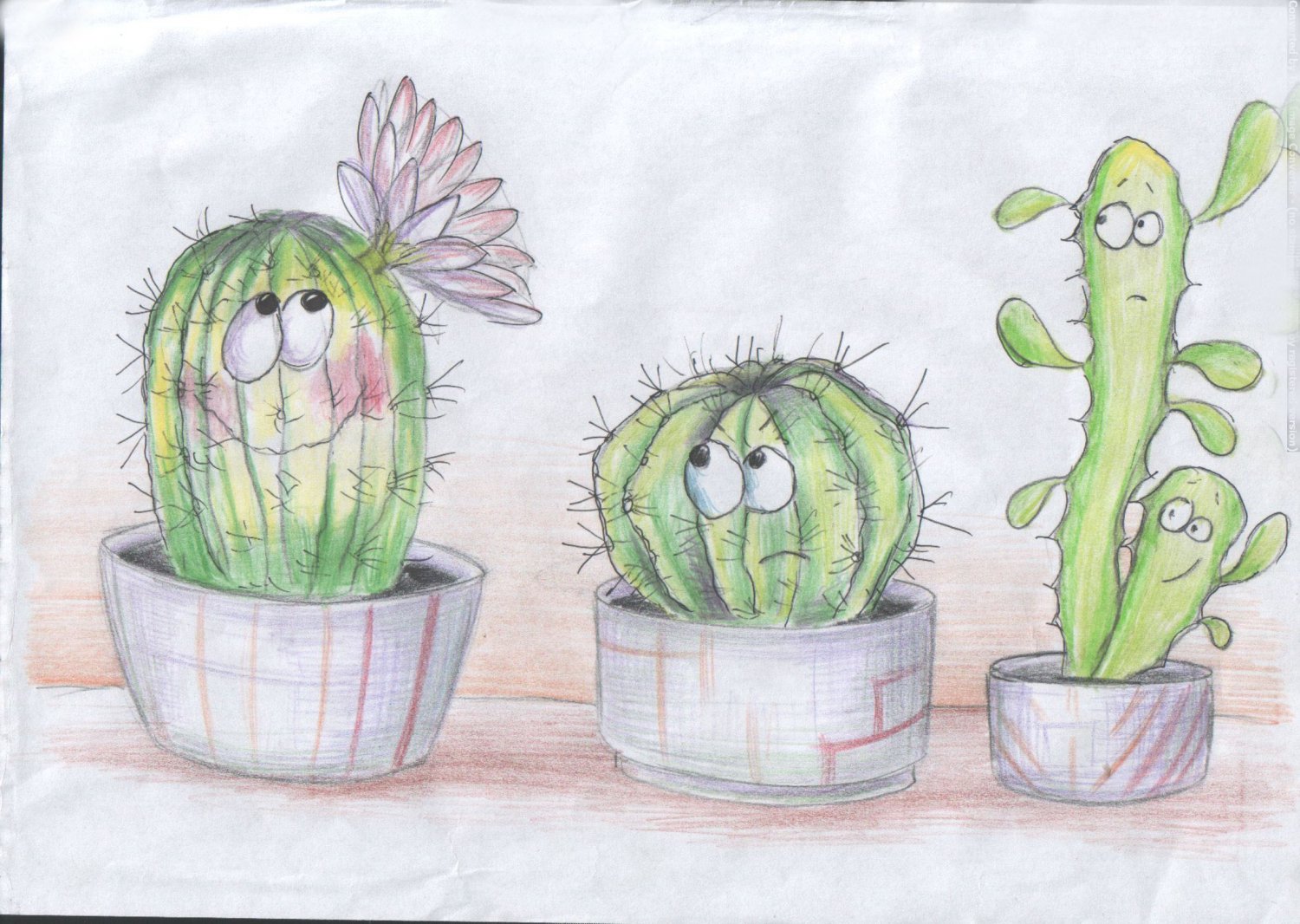
Psychological Test Cactus for preschoolers and primary schoolchildren: how is it?
Additional questions about the Cactus for the drawing method?
In order to better understand the baby, you should ask leading and additional questions.
Additions to the methodology:
- What cactus drew (home or wild)?
- Is it possible to touch it, the thorns are very sharp?
- The cactus loves when they care for it, fertilize and watered?
- What will become the plant when it grows. Describe its size and needles in the future. How do you see your plant?
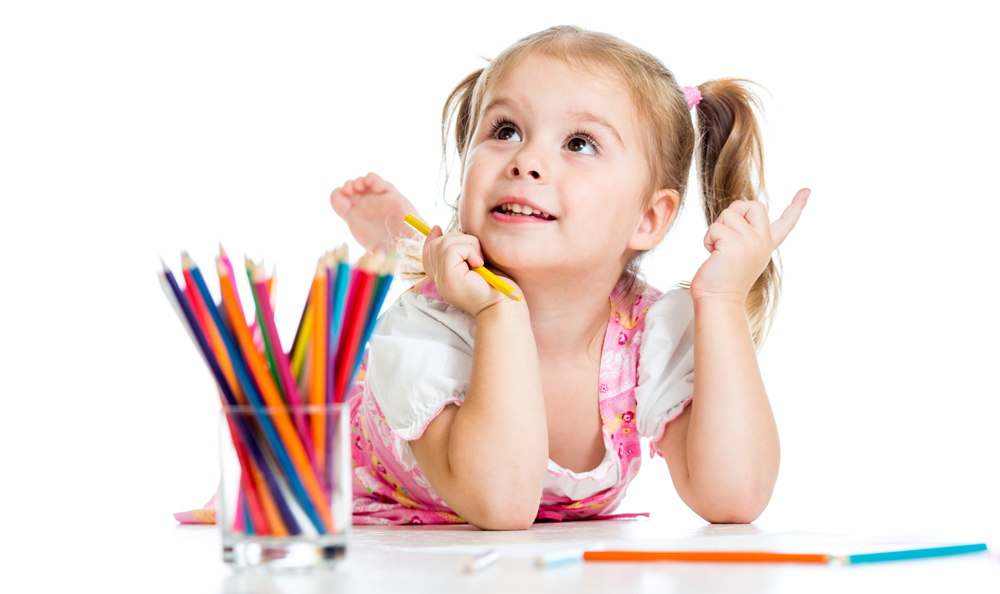
Additional questions about the Cactus for the drawing method?
Decoding, interpretation of the results of psychological test cactus
There are several main parameters for which the drawing is evaluated.
Evaluation parameters:
- Power of pressing.For this, the drawing is turned over and the reverse side is evaluated. If on the back of the line the line is very pushed and convex, this indicates the aggression of the baby. If specific details are squeezed out, the child is impulsive. In the event of strokes, we can talk about anxiety. If the lines are interrupted from time to time, then this indicates the inconstancy and windiness of the baby. If the lines are clear with average pressure, then we can say that the child is adequate and confident.
- Cactus size and location on the sheet. If the baby drew the plant below, you can judge low self -esteem. If above, then, on the contrary. In the case of displacement of the drawing to the right, one can judge the desire of the crumbs to the future. If to the left, then the child is prone to constant analysis of the past. The size of the picture is of great importance. If on the sheet the plant occupies less than 1/3 of the entire area, then the child suffers from an inferiority complex. If the drawing is large, then the baby seeks to be a leader. A good signal if the plant is located in the middle. This indicates the constancy of the child and his seriousness.
- Analysis image. Here it is taken into account as a cactus is depicted. In the form of a plant or an animated character. If the plant, then this indicates the seriousness of the baby and the desire to justify the expectation of adults. If the animated character, this indicates the infantility of the baby.
- Additional elements. If the child draws flowers or additional characters, then this indicates teamwork. The baby is comfortable in society, he loves to communicate with children.
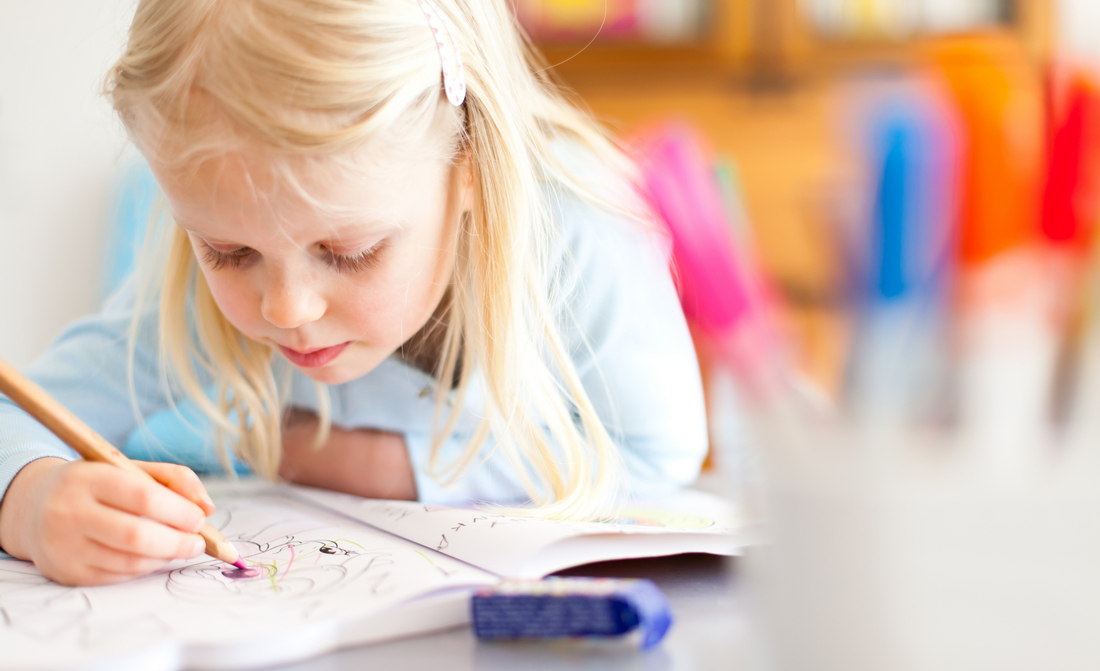
Decoding, interpretation of the results of psychological test cactus
Cactus characteristic, general information:
- Thick and sharp thorns indicate the malice of the baby.
- The plant in the pot suggests that the child is homemade and got used to parental care.
- If the plant is in the desert - the child does not like society, he likes loneliness.
- If the plant is simple and painted with thick lines, then the baby is demonstrative and loves to stand out.
- Dark and thick lines indicate anxiety of the baby.
Color spectrum:
- Green. Baby constant and self -confident
- Yellow. The child is afraid to be convicted by society
- Blue. The child is comfortable in the current situation
- Red. The baby is excited
- Grey. The baby is indifferent to everything
- Black. The kid is used to contradicting his loved ones and arguing with them
Regarding additional issues, they do not have a certain meaning. They only help confirm the guesses of an adult in relation to the fuzzy of the image.
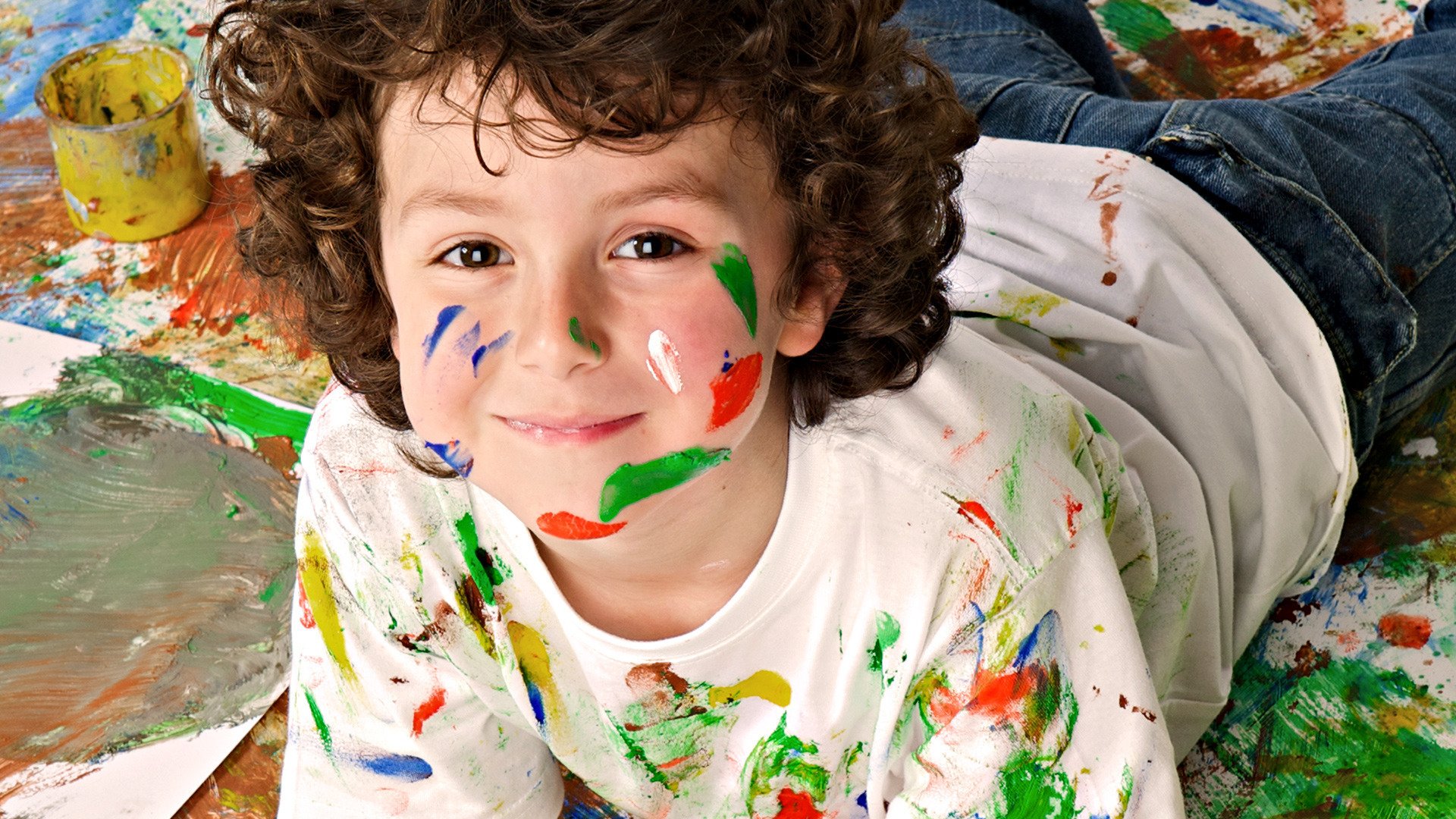
As you can see, with the help of a simple test, you can determine the attitude to the child in the family. And also learn about the perception of reality by the baby.
